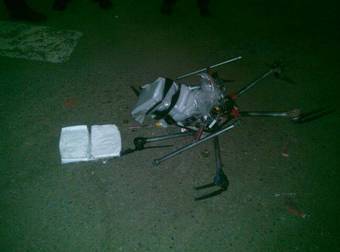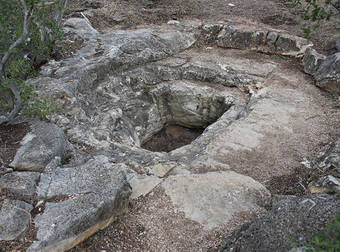Photographer Sharon Beals is inspired by the natural world. She uses it to create stunning portraits that help us see the world in a new way. Her latest series, Bird Nests, features just that: birds’ nests against a black background. The nests come from a variety of species and are made of all kinds of material. Some of them even date back as many as a hundred years. These nests are not currently occupied by any birds, but were collected for research over the past century from around the world. Collections are amassed by organizations such as the The California Academy of Sciences, The Museum of Vertebrate Zoology, and The Western Foundation of Vertebrate Zoology.
House Finch
Anna’s Hummingbird
Brown Creeper
Song Sparrow
The nests were collected by various researchers. The eggs in the nests aren’t necessarily from the nests they’re photographed with. Most eggs (if not all) were collected elsewhere at different dates. The eggs and nests were combined to show what the nest would look like while in use. Furthermore, the eggs collected are typically ones that never hatched or were never fertilized.
The photos, as well as the nests themselves, help researchers such as biologists, ecologists, and ornithologists collect information on the birds. They also collect information on their habits and how changes in the environment may affect them. For Beals, photographing nature helps her both share its beauty with others, as well as bring to attention the environmental issues facing the world.
There are more nests to see on Beals’ website and Flickr page.
Via Lost At E Minor
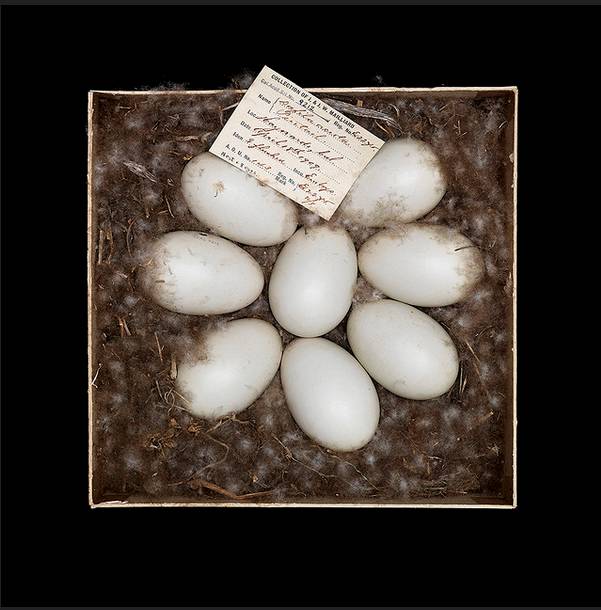 share
share
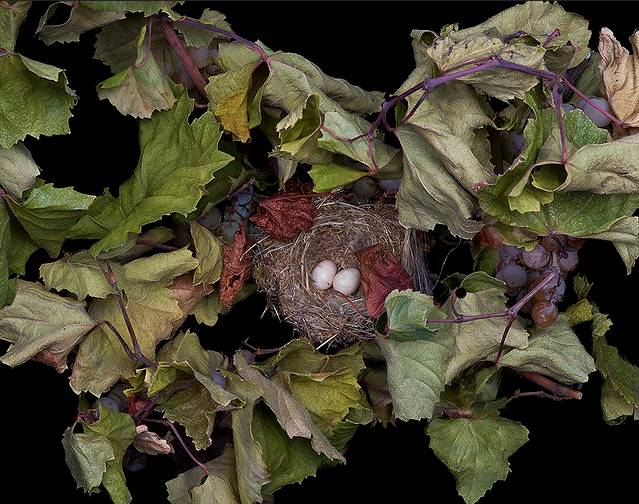 share
share
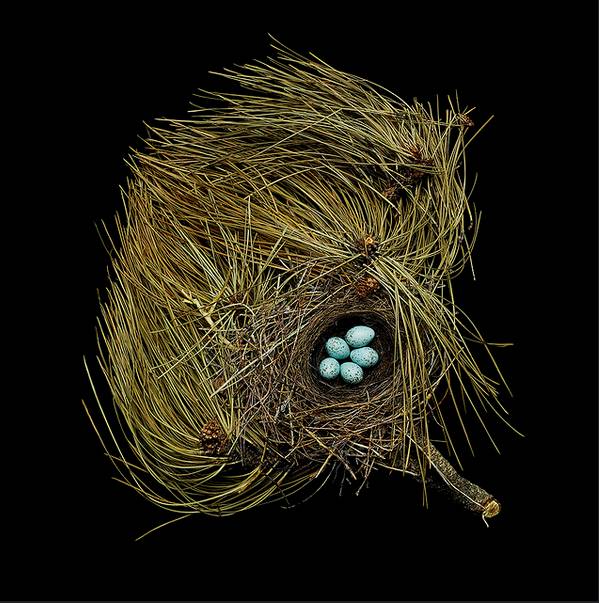 share
share
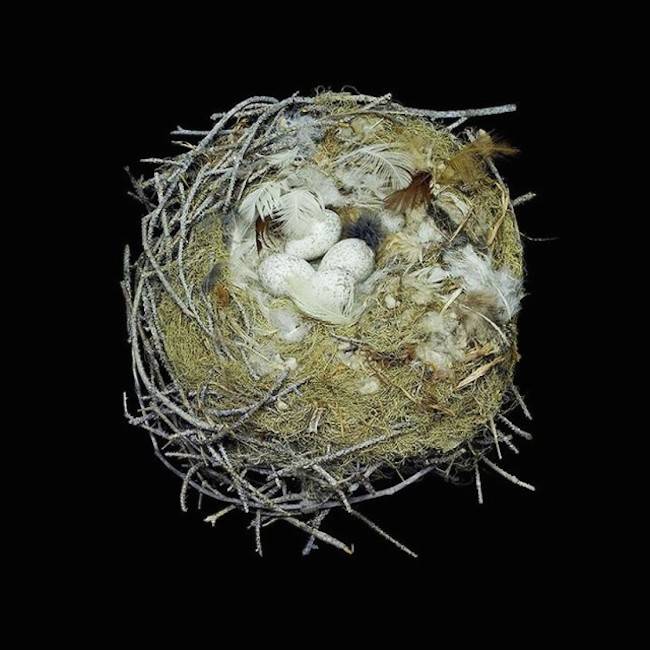 share
share
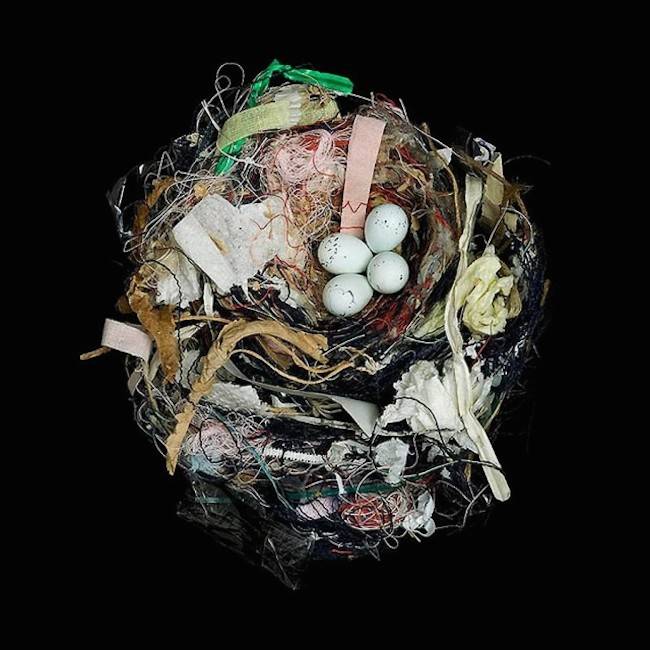 share
share
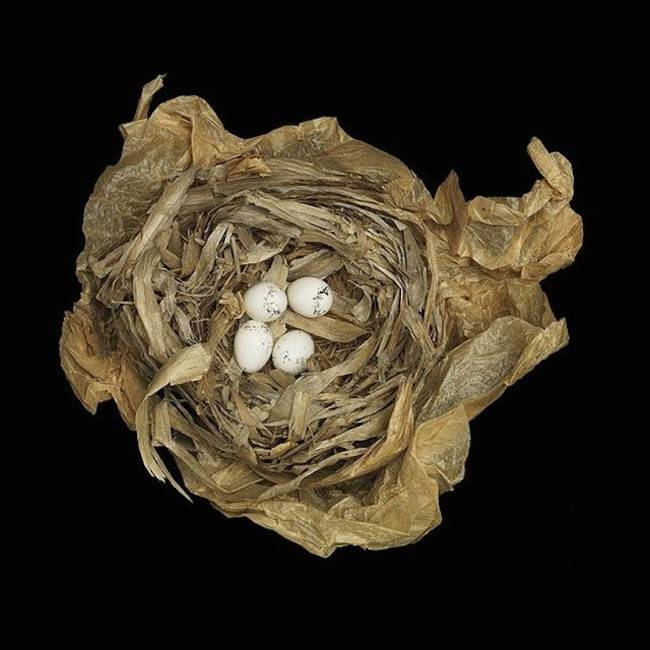 share
share
 share
share
 share
share
 share
share
 share
share
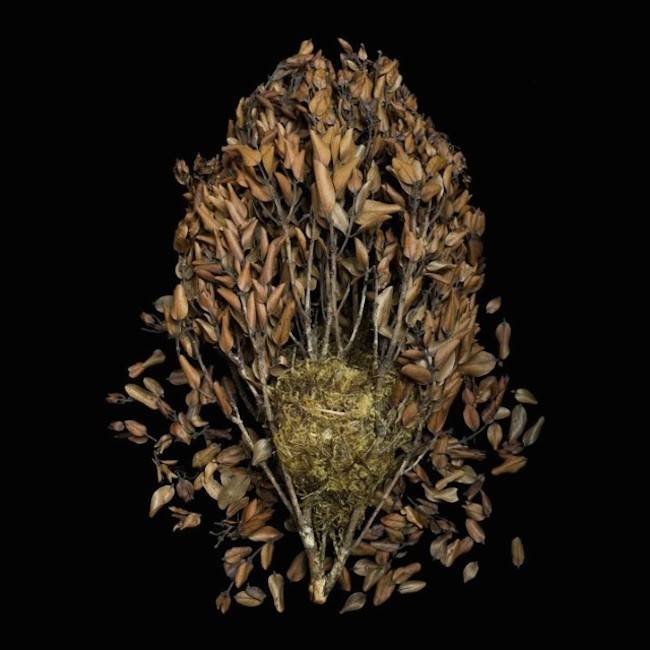 share
share
 share
share
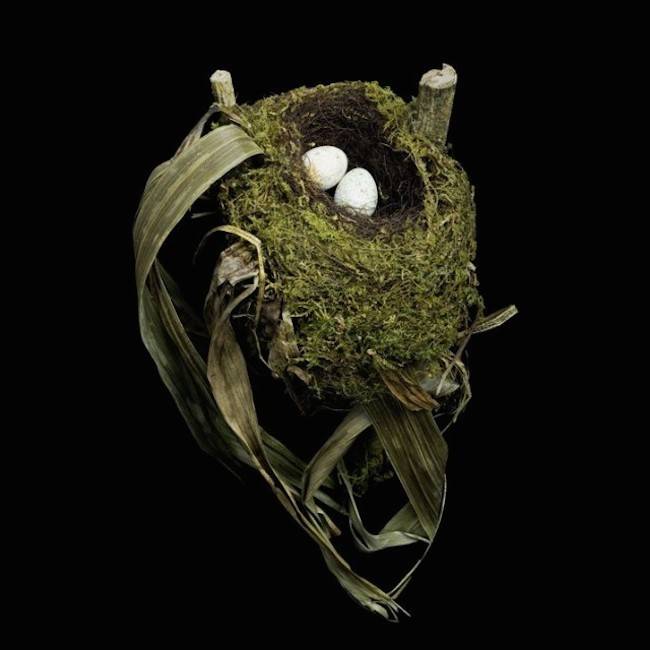 share
share
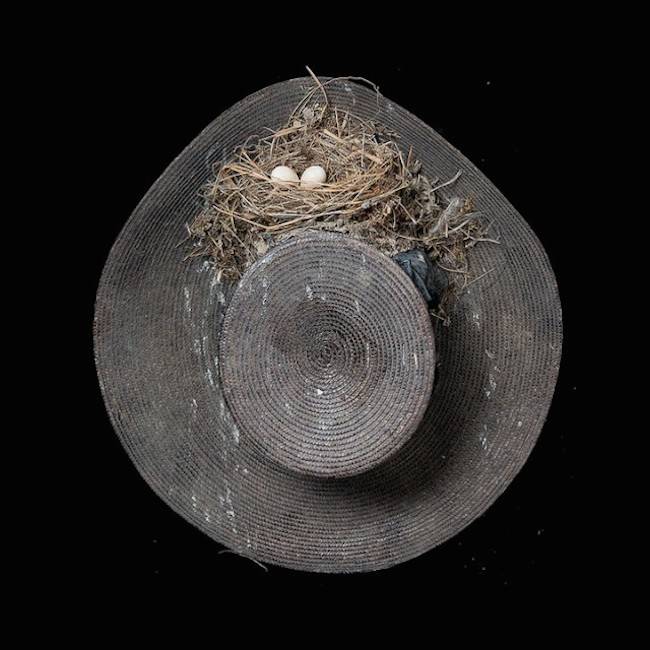 share
share
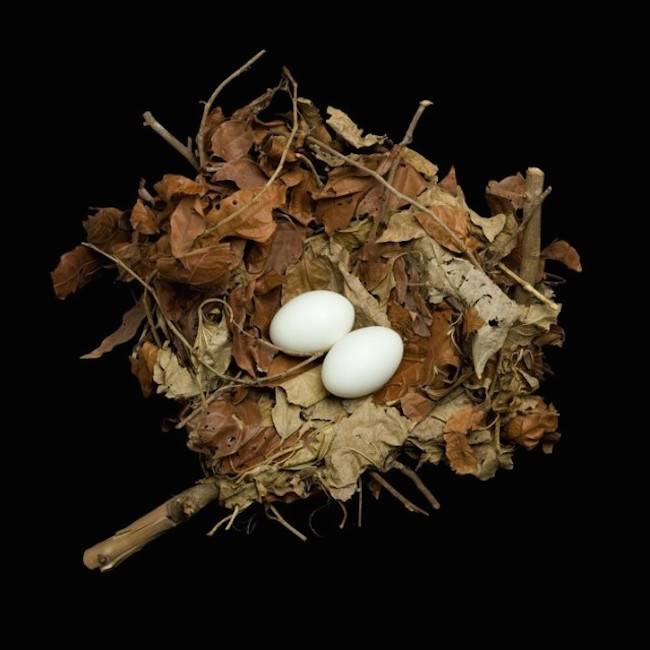 share
share
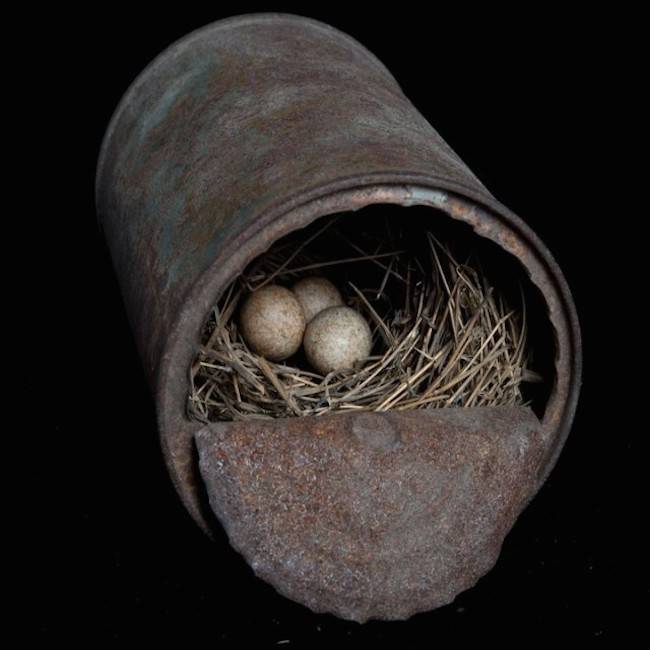 share
share
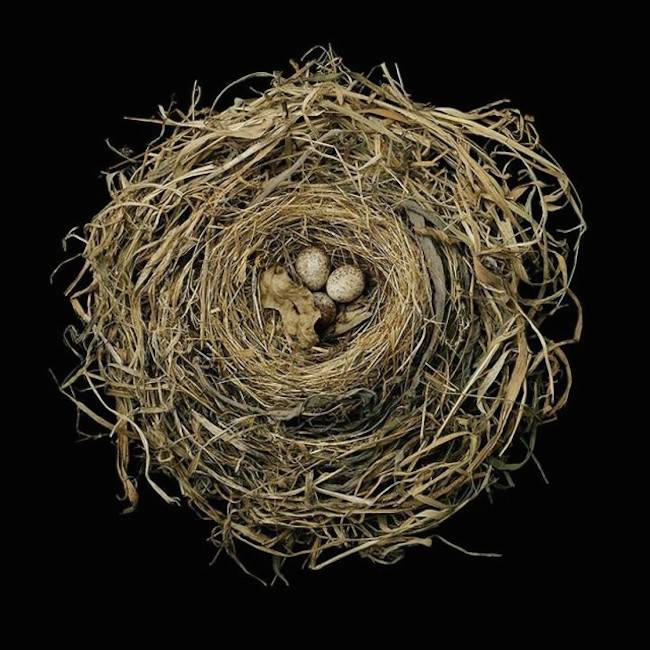 share
share

